Irish Brown Bread
Growing up in Ireland, brown bread was everywhere. On every kitchen table, served with soup, slathered in butter, or just eaten straight from the bread bin when you were feeling peckish. It was hearty, slightly nutty, with the perfect chew, and something I never thought twice about until I moved to the U.S. and realized… where was all the good brown bread?!
Turns out, I couldn’t just walk into a shop and grab a fresh loaf like I used to, so I had to start making it myself. And honestly, this version is even better than what I remember. It’s got the same rustic feel, but I added oats for extra texture and upped the buttermilk to make it softer and chewier. Now, every time I pull a loaf out of the oven, it smells like home.
If you’ve never made Irish brown bread before, don’t worry, this recipe is as easy as it gets. No yeast, no waiting for dough to rise, just mix, bake, and enjoy. It’s simple, traditional, and ridiculously good.
Irish brown bread is not the same as soda bread—though they’re related. Brown bread is made with whole wheat or wholemeal flour and buttermilk, which gives it that classic dense, hearty texture. It’s a staple in Irish households, served alongside Soups, Stews, and even at breakfast.
What makes this version special? The oats. They add a little softness and a bit more chew while keeping the classic texture we all know and love. Plus, the extra buttermilk makes it a little stickier, which is exactly how I like it!
And because this recipe is so simple, you can throw it together anytime you need a fresh loaf. No kneading, no fancy techniques—just mix, bake, and enjoy.
Why you’ll love this Irish Brown Bread
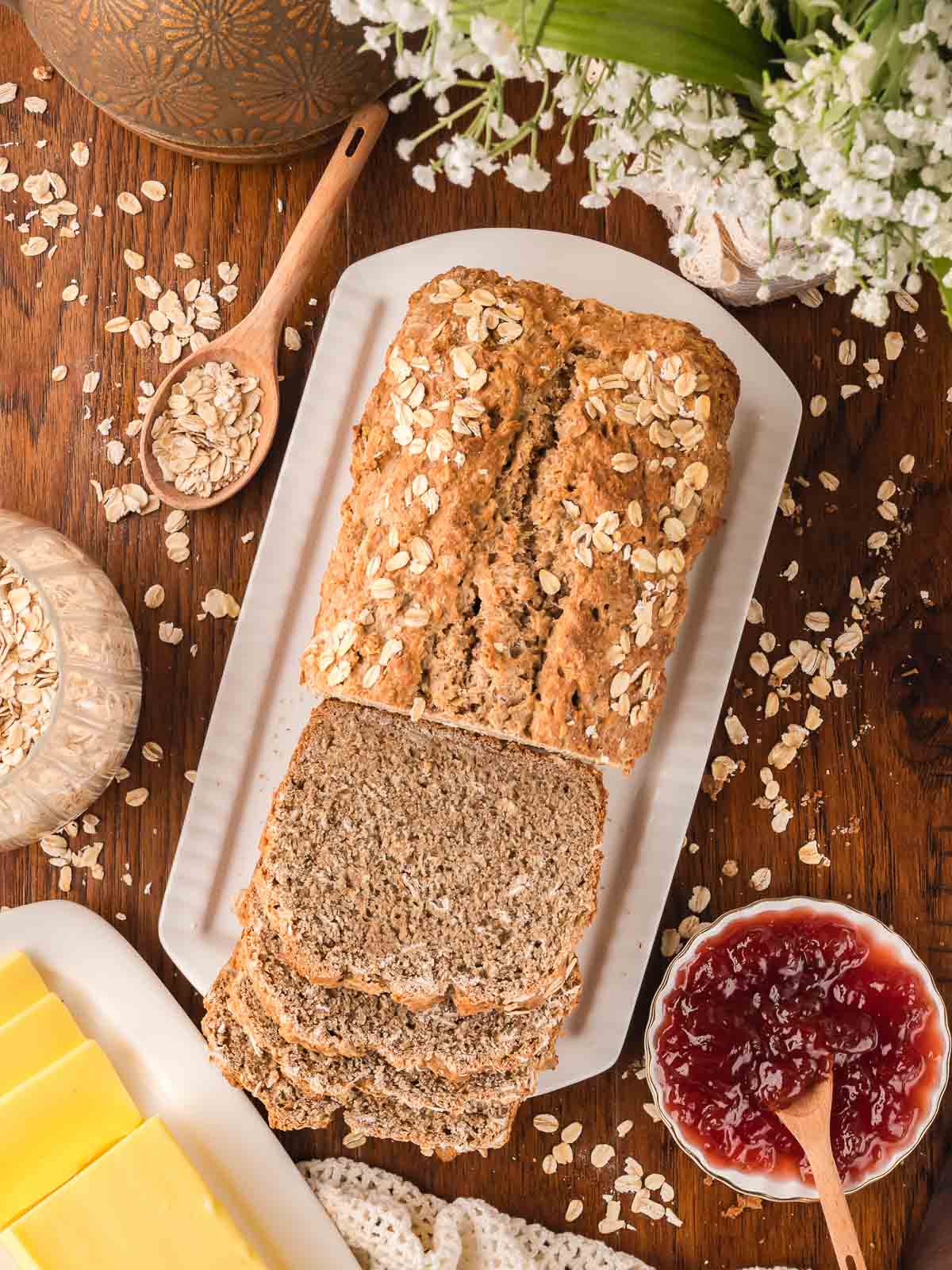
The Best Thing Since Sliced Bread: My Quest for the Perfect Loaf
Moving to the U.S. meant saying goodbye to some of my favorite Irish foods, but brown bread was the hardest to let go of. Store-bought versions just weren’t the same, and after one too many disappointing loaves, I decided to make my own.
Now, every time I bake this, my kitchen smells like an Irish bakery, and for a moment, I feel like I’m back home. It’s not just bread, it’s nostalgia in loaf form.
Ingredients Needed for Irish Brown Bread
- Whole wheat Flour – The backbone of this bread, giving it that classic nutty, hearty texture.
- .Rolled Oats – A little twist on tradition! They add a softer texture and a touch of sweetness without overpowering the flavor.
- All-Purpose Flour – Helps lighten the bread just a little so it’s not too dense.
- Baking Soda – This is what makes the bread rise since there’s no yeast involved.
- Salt – Essential for bringing out the flavor. Don’t skip it!
- Sugar – Just a tiny bit for a hint of sweetness.
- Buttermilk – Makes the dough sticky and soft while giving it that classic tangy flavor. The extra buttermilk in this version keeps it moist and chewy.
- Melted Butter – Adds a bit of richness and depth to the bread.
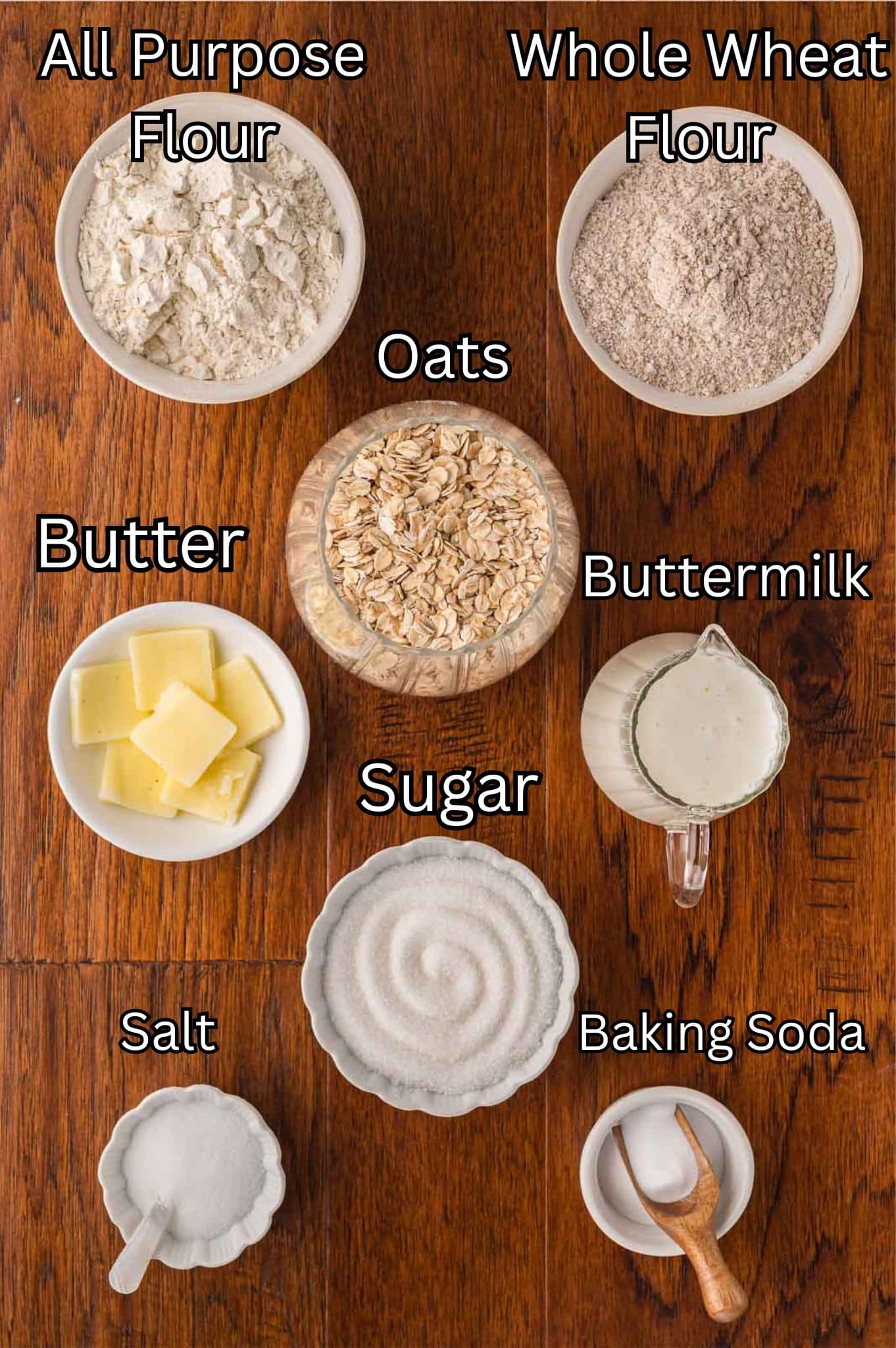
How to make Irish Brown Bread
**For more detailed instructions, please refer to the printable recipe card below.**
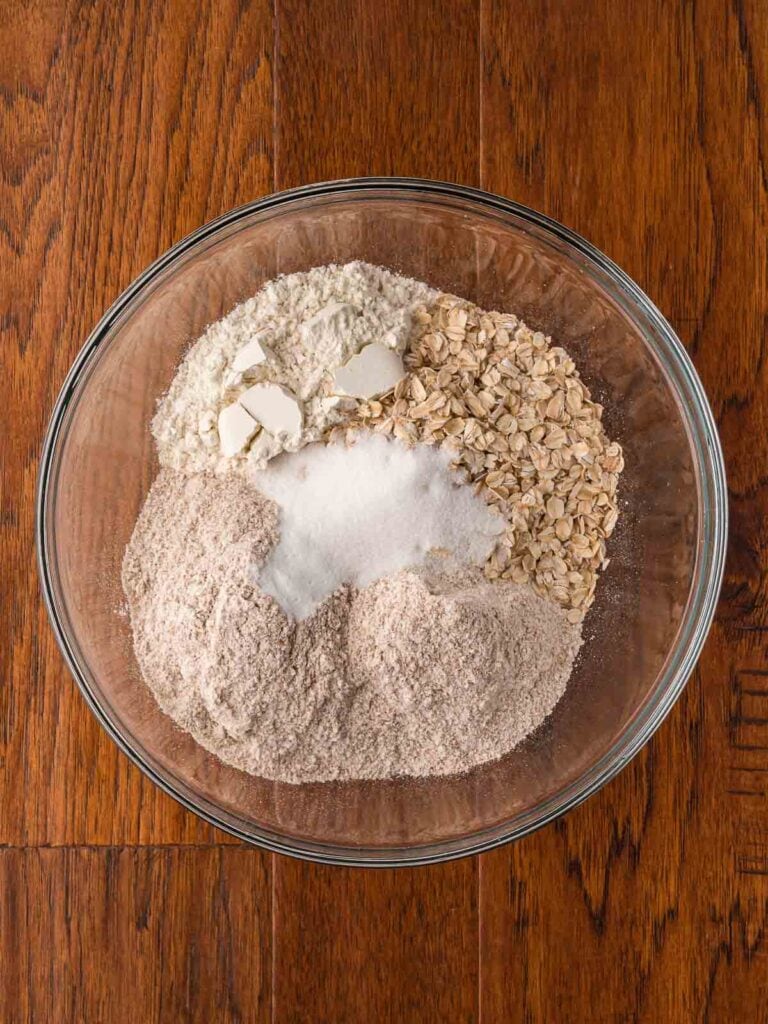
Mix whole wheat flour, oats, all-purpose flour, baking soda, salt, and sugar in a large bowl.
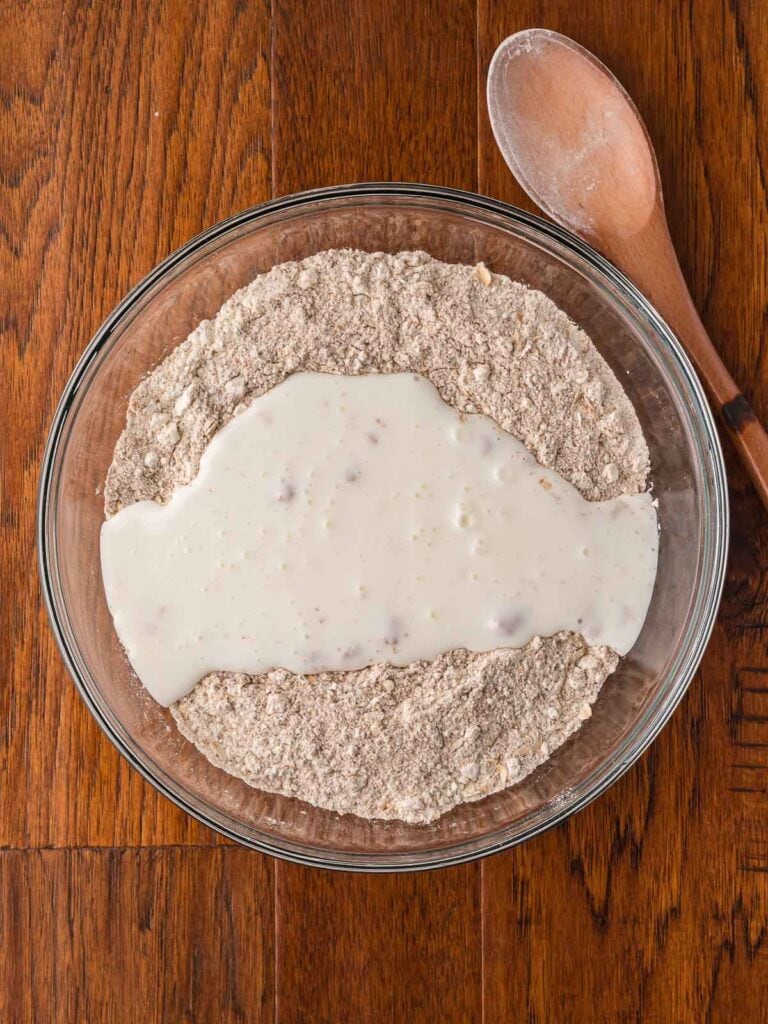
Pour in buttermilk and stir until you have a sticky dough then add the melted butter.
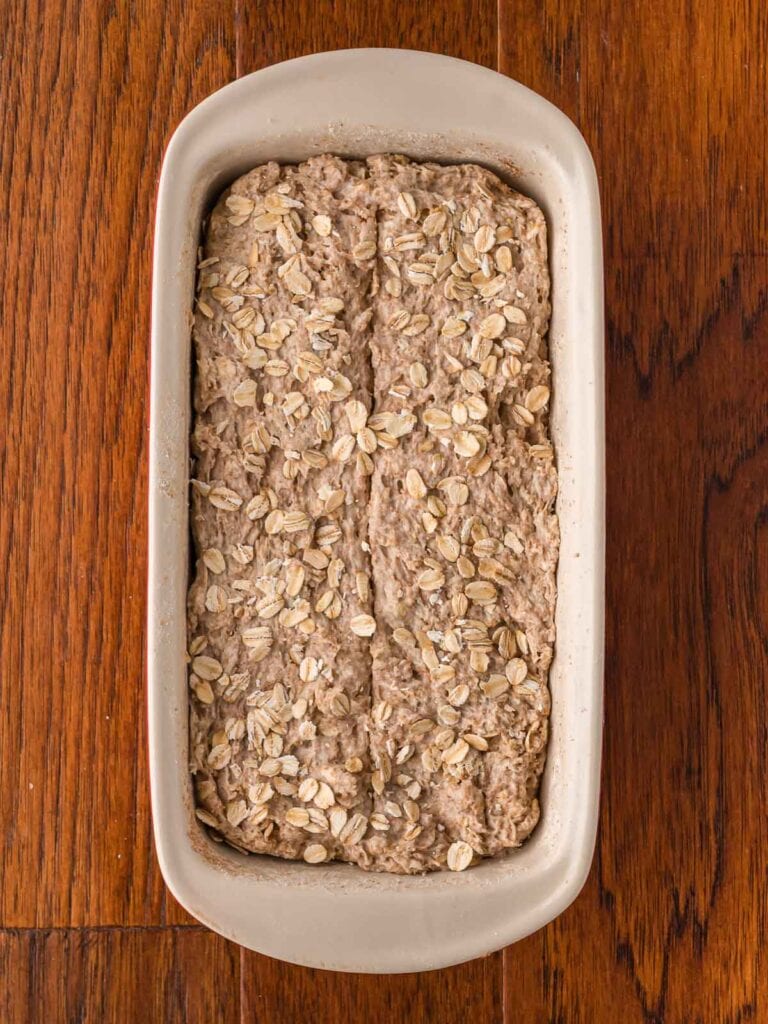
Transfer the dough to the loaf pan, sprinkle with oats and cut a slit down the center.
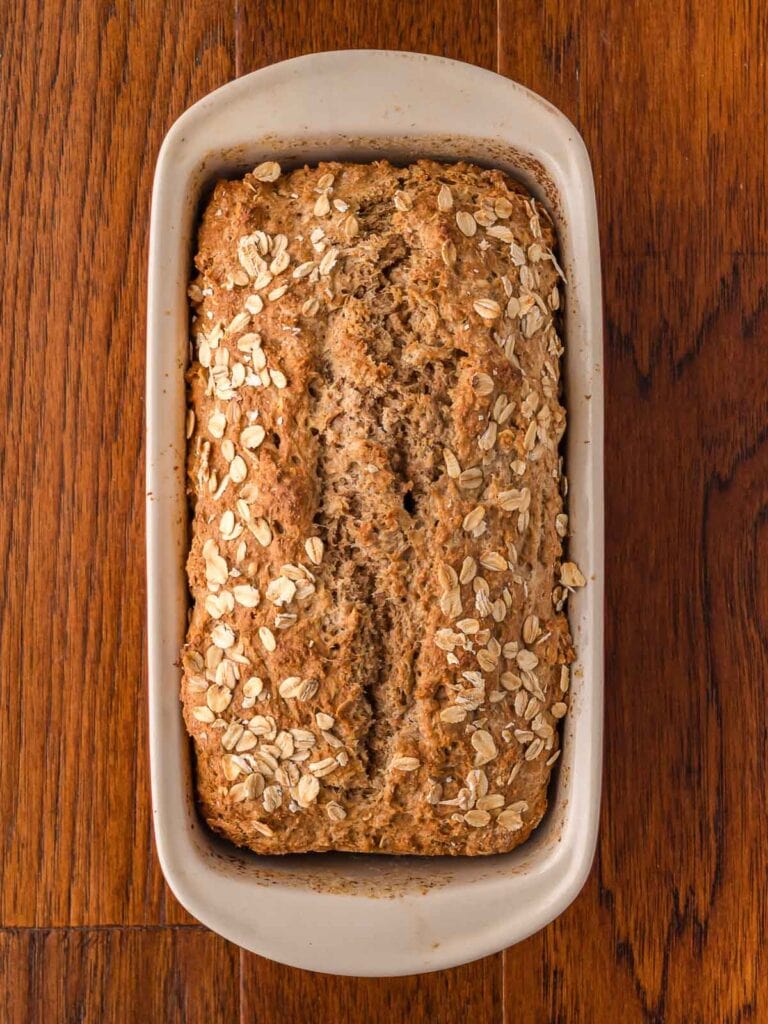
Bake the loaf for 45 minutes or until it is golden brown and sounds hollow when tapped.
Variations
- Seeded Brown Bread: If you love a bit of crunch in your bread, adding seeds like sunflower seeds, flaxseeds, or pumpkin seeds is a great way to enhance both texture and flavor. The sunflower seeds add a slight nuttiness, flaxseeds bring in a bit of earthiness, and pumpkin seeds give a delicate crunch. You can mix them into the dough or sprinkle some on top before baking for a beautiful finish.
- Honey Oat Brown Bread: Swapping the sugar for honey gives this bread a deeper, natural sweetness that pairs beautifully with the nuttiness of the oats. You can also drizzle a little honey on top before baking to create a slightly caramelized, golden crust. This version is especially good toasted with butter and makes a great breakfast option.
- Dairy-Free Version: If you’re avoiding dairy, you can easily replace the buttermilk by mixing almond milk with a tablespoon of lemon juice or vinegar. Let it sit for a few minutes, and it will curdle just like real buttermilk. This keeps the tangy flavor without the dairy, and the bread will still turn out soft and delicious.
- Whole Grain Boost: If you want to take this loaf to the next level of wholesomeness, swap the all-purpose flour for spelt flour. Spelt adds a mildly sweet, nutty flavor and works beautifully in brown bread. Just keep in mind that spelt flour absorbs more moisture, so you might need to add a little extra buttermilk to get the right consistency.
Serving Suggestions
- With Butter and Jam: You can’t go wrong with a thick slice of warm brown bread slathered with real Irish butter and a dollop of jam. It’s a simple but perfect way to enjoy this bread, especially with a cup of tea. Raspberry or blackcurrant jam is particularly good with the nutty flavor of the bread.
- Alongside Soup or Stew: This bread was made to be dunked! The hearty, dense texture holds up beautifully with thick soups and stews, making it a perfect side for a bowl of Irish Stew, potato soup, or even a simple vegetable soup. It soaks up the broth without falling apart, which is exactly what you want in a soup companion.
- With Smoked Salmon and Cream Cheese: If you’re feeling a little fancy, spread a layer of cream cheese on a slice of brown bread and top it with smoked salmon. Add a little squeeze of lemon and some cracked black pepper, and you’ve got a classic Irish-style open-faced sandwich.
- Toasted with Cheese: This bread toasts beautifully, and once you throw a slice under the grill with some melted cheddar, you’ve got a snack that’s simple but insanely satisfying. Add a little chutney or mustard for an extra kick.
Storage and Freezing
- How should I store Irish Brown Bread?
Once the bread has cooled completely, wrap it in a clean kitchen towel and store it at room temperature for up to 2 days. The towel keeps the crust from getting too hard while still preventing the bread from drying out. If you prefer, you can also store it in an airtight container, but avoid plastic bags, as they can make the crust go soggy.
- Can I freeze Irish Brown Bread?
This bread freezes beautifully, so if you want to save some for later, slice the loaf and store the slices in a zip-top freezer bag. That way, you can pull out a slice at a time instead of defrosting the whole loaf. When you’re ready to eat, just toast the slices straight from the freezer, no need to thaw! It stays fresh in the freezer for up to 3 months.

Tips & Tricks
- Don’t Overmix: Once the buttermilk is added, stir just until everything comes together. Overmixing will activate the gluten too much, making the bread tough and dense instead of tender.
- Use Whole Wheat Or Coarse Wholemeal Flour: I used whole wheat because that’s what I had on hand. Coarse wholemeal flour gives the bread that authentic, slightly grainy feel. The texture of your flour makes a huge difference! Both taste delicious.
- Make Sure Your Baking Soda is Fresh: Since this bread relies on baking soda to rise, make sure your baking soda isn’t old. If it’s been sitting in your cupboard for years, it might not do its job, and your loaf will turn out flat and dense instead of light and airy.
- Cut a Slit in the Dough: That deep cut down the center isn’t just for looks, it helps the bread rise properly by allowing steam to escape. Without it, the crust can seal up too soon, preventing the inside from expanding fully.
- Let it Cool Before Slicing: I get it, it smells amazing coming out of the oven, and you want to dig in immediately. But cutting into it too soon will mess with the texture and make it gummy inside. Let it sit for at least 20–30 minutes before slicing so it sets properly.
Recommended
More Irish Favorites
FAQ
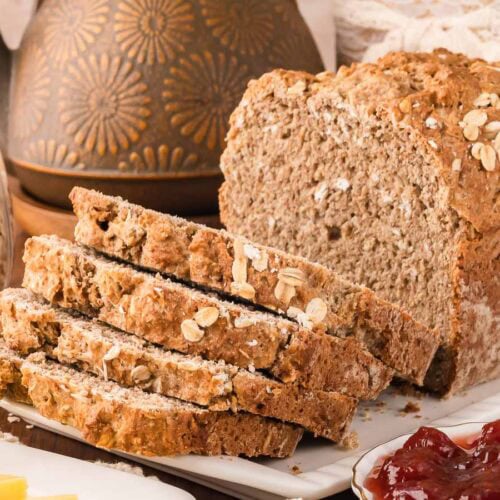
Irish Brown Bread
Equipment
- Bread loaf pan
Ingredients
- 1½ cups whole wheat flour (270g)
- 1 cup rolled oats (plus extra for sprinkling) (100g)
- 1½ cup all-purpose flour (125g)
- 1 ½ teaspoons baking soda
- 1 teaspoon salt
- 2 tablespoon sugar
- 2 cups buttermilk (500ml) Add more milk if its too dry. The mixture should be wet.
- 2 tablespoons melted butter
Instructions
- Preheat the oven to 400°F (200°C). Grease a 9×5-inch loaf pan and line it with parchment paper or spray it with oil and coat in flour for easy removal.
- Combine whole wheat flour, oats, all-purpose flour, baking soda, salt, and sugar in a large mixing bowl. Mix well.
- Add the melted butter and gradually pour in the buttermilk, stirring with a wooden spoon until the dough comes together. The dough will be sticky and wet. This is what gives the bread its lovely texture.
- Transfer the dough to the prepared loaf pan, smoothing out the top with a spatula.
- Use a sharp knife to cut a slit down the center of the loaf. This helps it rise evenly while baking. Sprinkle extra rolled oats on top for a rustic finish.
- Bake for 45–50 minutes, or until the bread is golden brown and a skewer inserted in the center comes out clean. If the top browns too quickly, loosely cover with foil for the last 10 minutes.
- Lay a clean kitchen towel over the bread loaf and let the cool in the pan for at least 10 minutes, then transfer to a wire rack to cool completely before slicing.


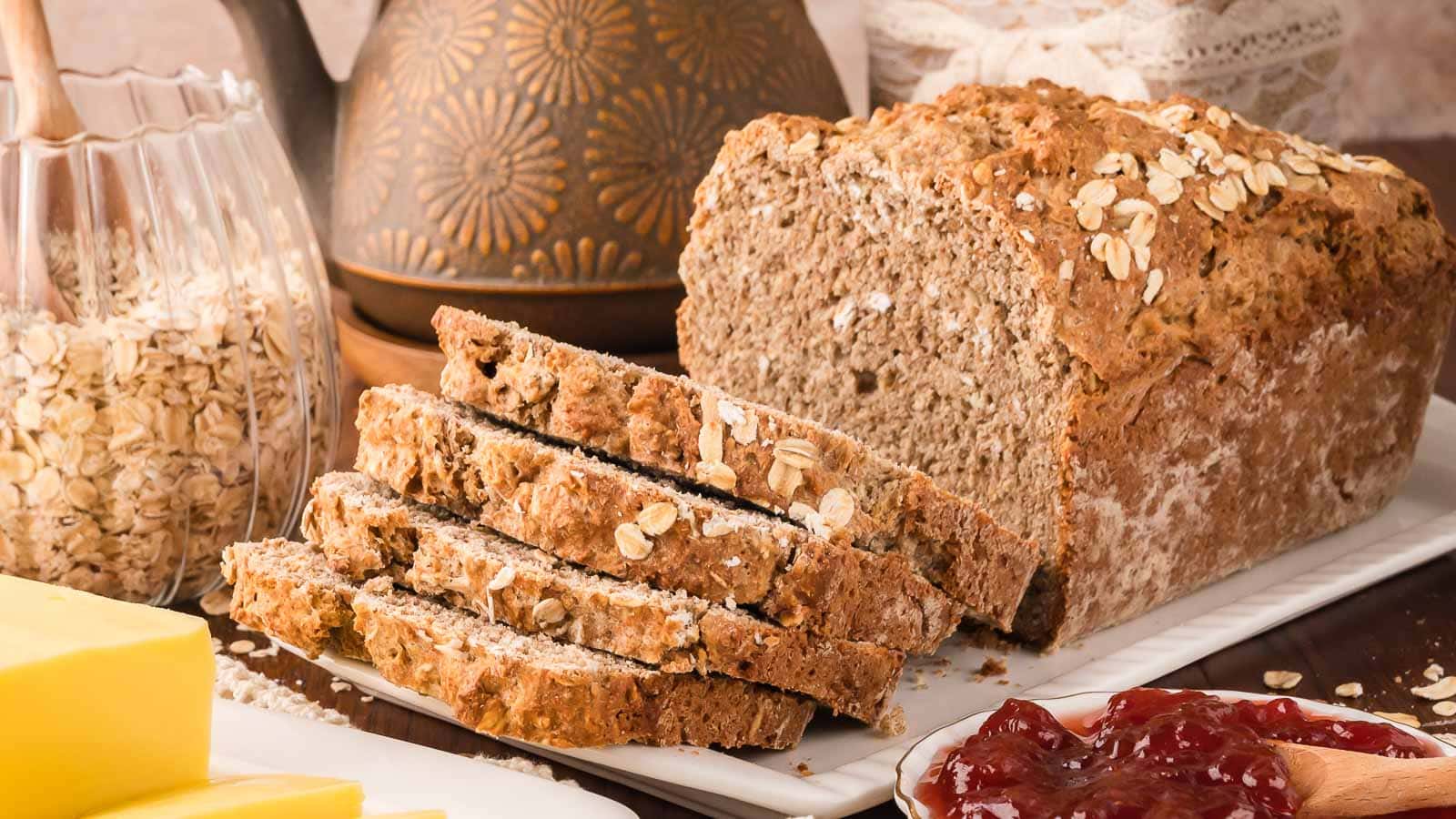
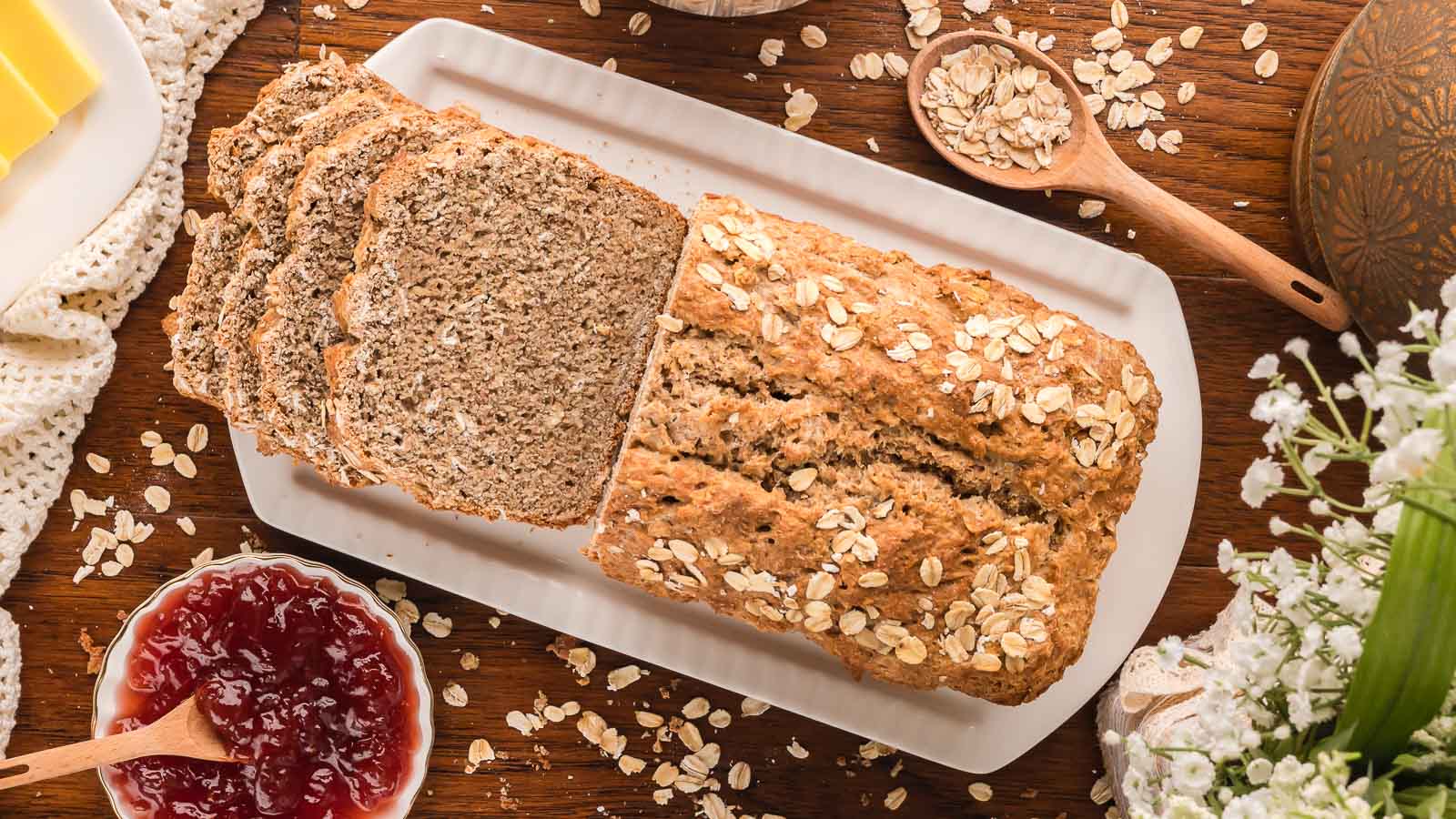
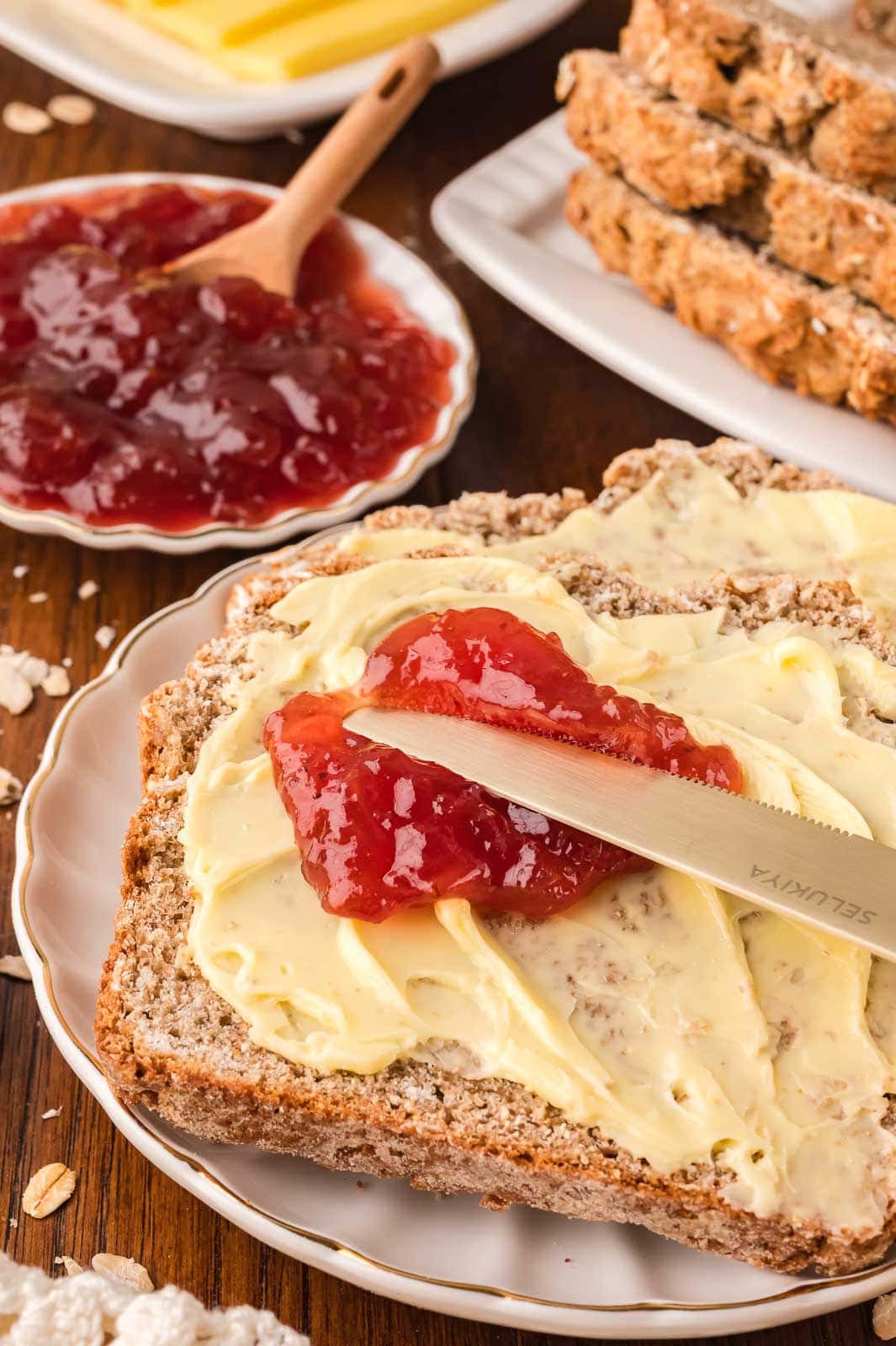
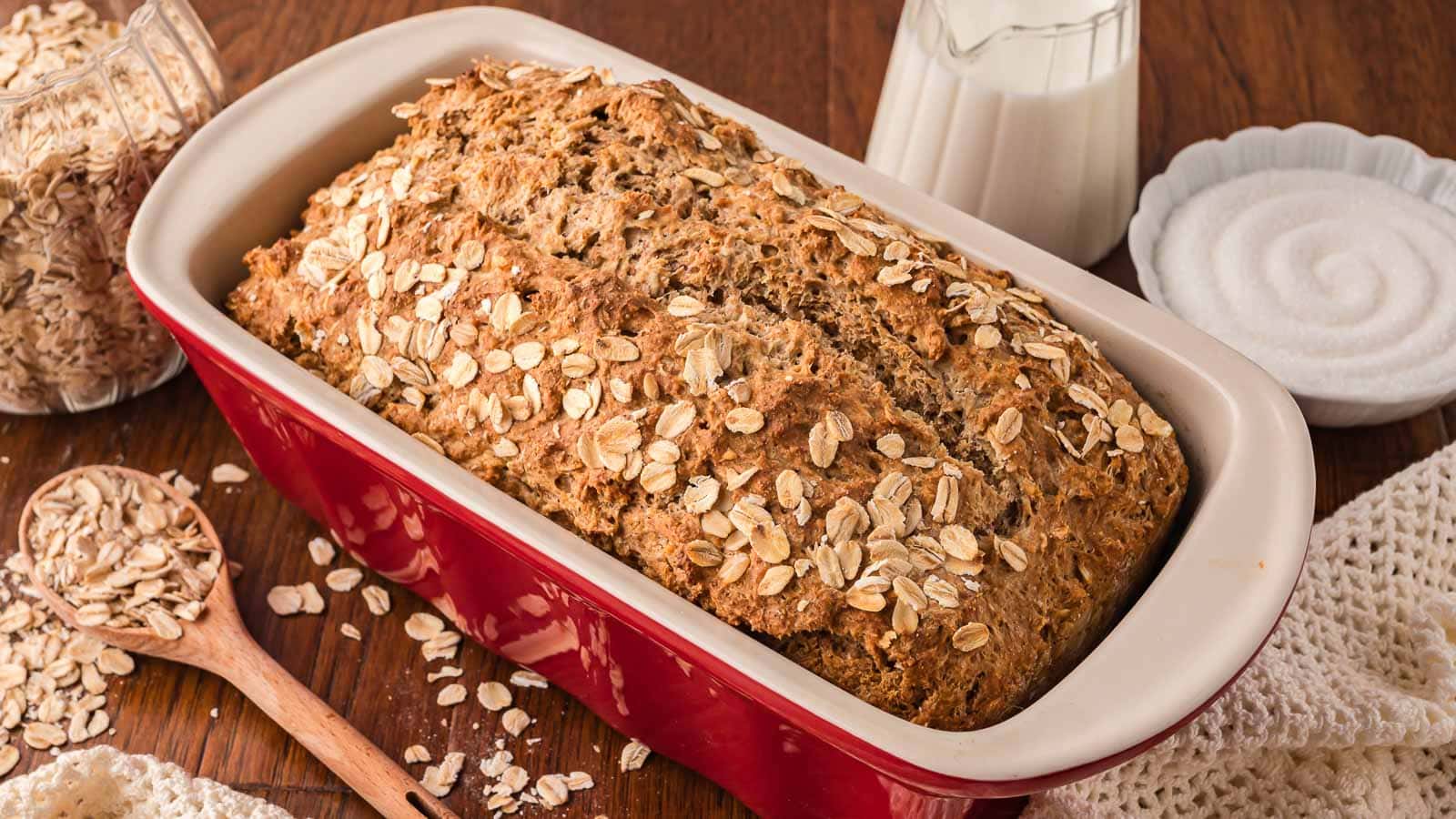
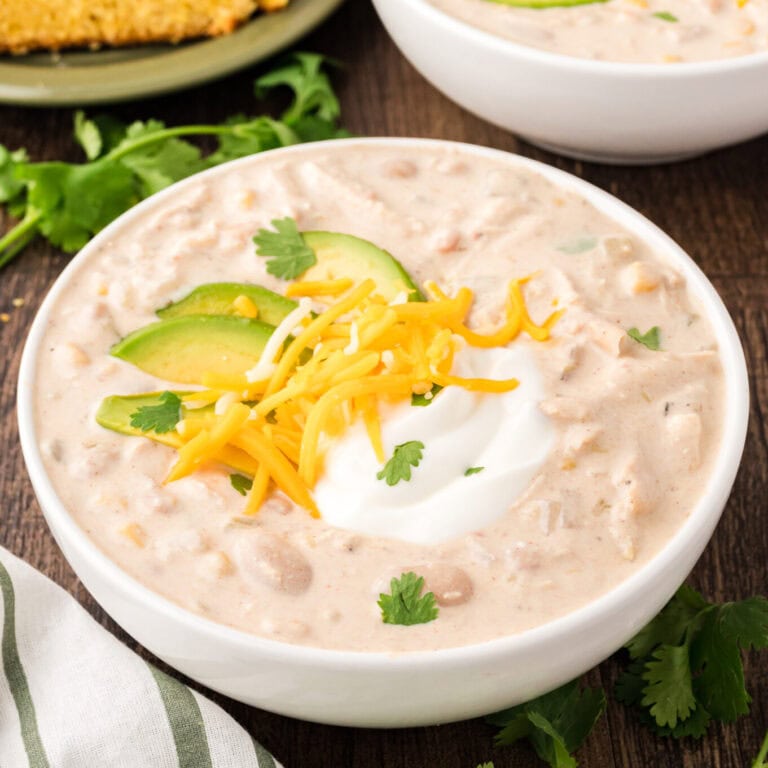
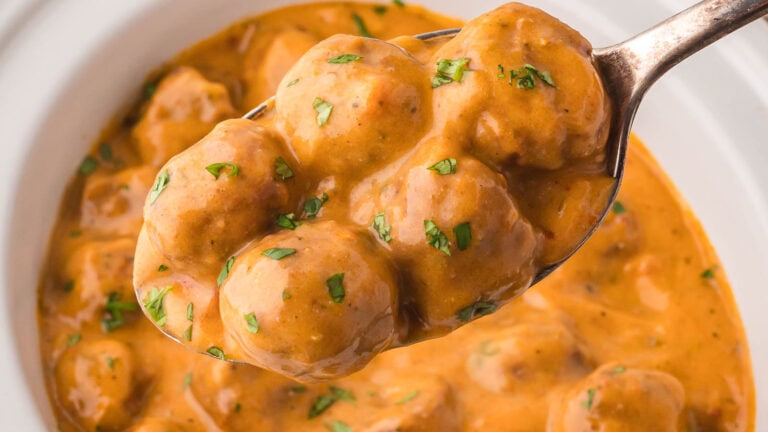
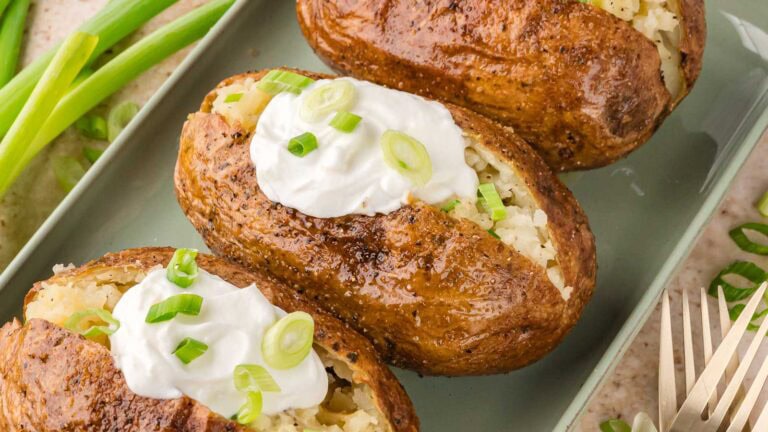
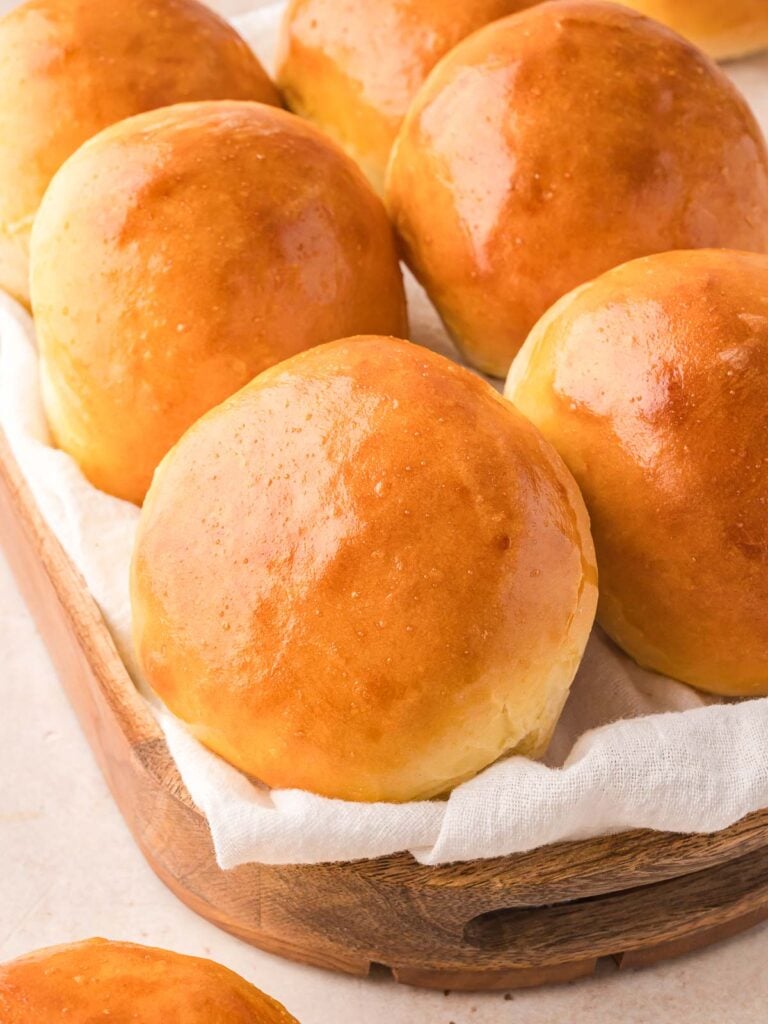
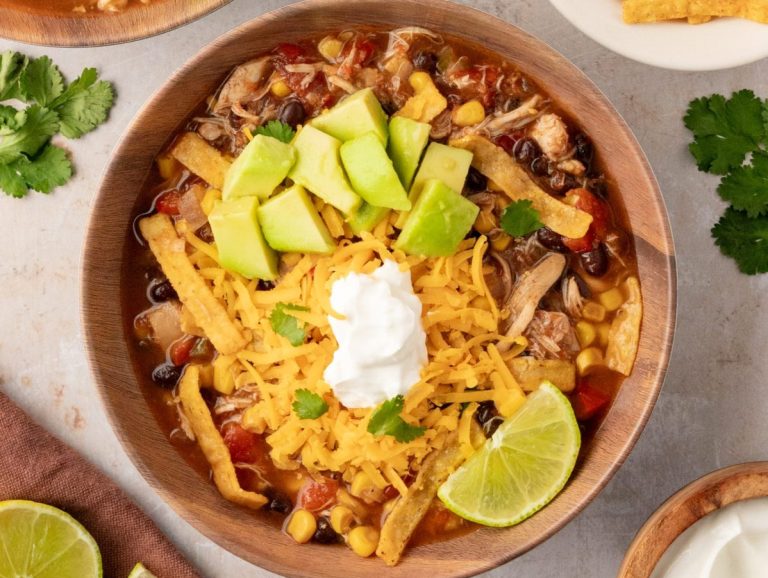
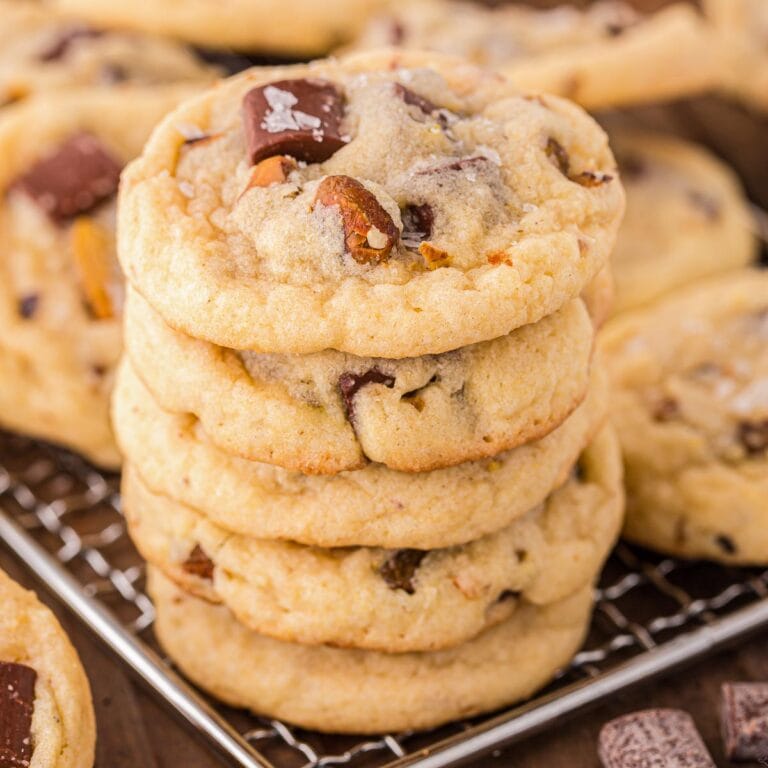
This recipe was fantastic. It tasted so much like the bread from Ireland. Thank you for sharing.
So glad you loved it. It is my favorite bread when I go home to Ireland.